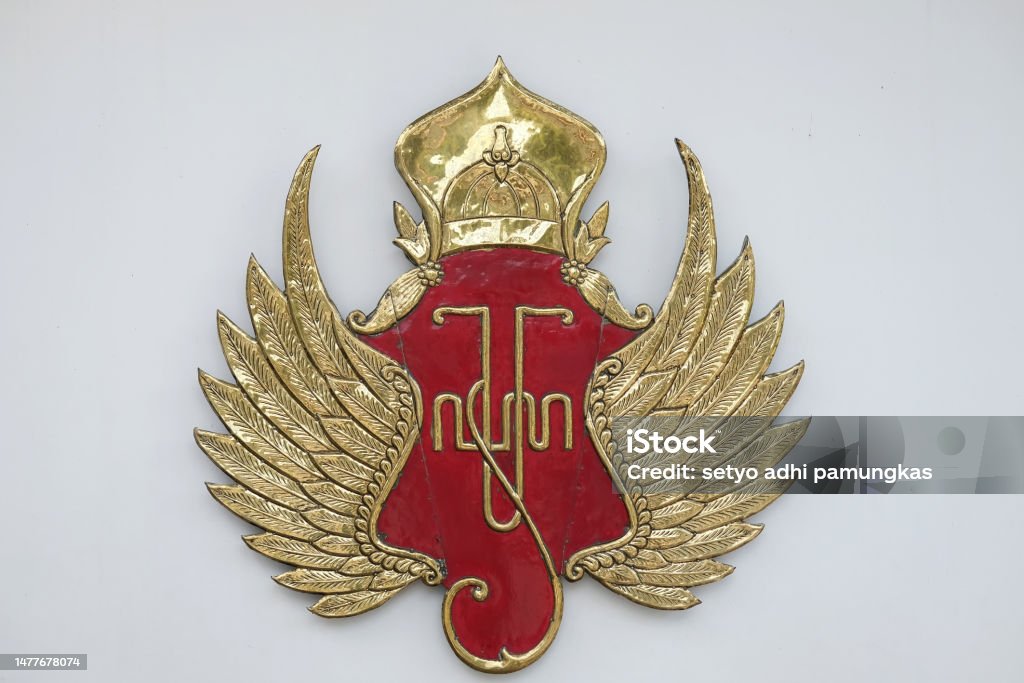The Spurs Cockerel is more than just an emblem; it is a symbol of pride, tradition, and resilience for fans of Tottenham Hotspur Football Club. Since its inception, this iconic crest has represented the club’s values, history, and ambitions. In this article, we explore ten inspiring stories that reveal the significance of the Spurs Cockerel and its place in the hearts of supporters worldwide.
1. The Origins of the Cockerel Symbol
The story of the Spurs Cockerel begins in 1901 when Tottenham Hotspur won their first FA Cup. Harry Hotspur, the club’s namesake, was known for his love of cockfighting and spurs worn by knights, which inspired the adoption of the cockerel as a symbol. The introduction of the cockerel atop a football captured the spirit of the club—a blend of tradition, competitiveness, and flair.
2. The First Bronze Cockerel Statue
In 1909, the Spurs Cockerel took physical form when a bronze statue of the bird was placed on top of the West Stand at White Hart Lane. Crafted by a former player and master ironworker, William James Scott, the statue quickly became a beacon for fans and a symbol of the club’s enduring spirit. The statue’s placement marked the cockerel as an integral part of Tottenham’s identity.
3. Surviving World War II
During World War II, White Hart Lane suffered significant damage from bombings, but the Spurs Cockerel statue miraculously survived unscathed. This event became a powerful symbol of resilience and hope for the club and its fans, representing their determination to rebuild and thrive even in the face of adversity.
4. The Modernization of the Crest
Over the years, the Spurs Cockerel crest has undergone several redesigns to reflect the changing times while staying true to its roots. In 1983, the club modernized the emblem by introducing a more streamlined design. The updated crest featured the cockerel standing proudly atop a football, emphasizing Tottenham’s commitment to preserving tradition while embracing progress.
5. The New Stadium’s Cockerel Statue
When Tottenham Hotspur moved to their new state-of-the-art stadium in 2019, the iconic cockerel was given a prominent place. A scaled-up replica of the original bronze statue was installed, standing over four meters tall. This gesture not only paid homage to the club’s history but also reaffirmed the cockerel’s role as a symbol of continuity and pride.
6. The Cockerel in Fan Culture
The Spurs Cockerel is deeply embedded in fan culture. From tattoos to banners, the cockerel is a popular motif among supporters, symbolizing their unwavering loyalty to the club. One of the most inspiring stories is about a fan who traveled across continents with a cockerel flag to display at every Tottenham match, showcasing the universal appeal of the emblem.
7. The Cockerel’s Role in Historic Matches
The Spurs Cockerel has been present at some of Tottenham’s most historic moments, including their double-winning season in 1960-61 and their dramatic Champions League run in 2019. Fans often credit the cockerel as a source of inspiration and a reminder of the club’s rich legacy during these pivotal matches.
8. Community Impact and the Cockerel
The cockerel is not just a symbol for the team but also a rallying point for the local community. Tottenham Hotspur’s charitable initiatives, such as the Tottenham Hotspur Foundation, often use the cockerel emblem to promote community outreach programs. These efforts highlight the club’s commitment to making a positive impact beyond the pitch.
9. Spurs Cockerel Merchandise
The cockerel has inspired a wide range of merchandise, from jerseys and scarves to collectibles and home decor. Each item serves as a token of fans’ connection to the club. The limited-edition memorabilia featuring the cockerel often becomes a cherished possession, symbolizing the emotional bond between supporters and their beloved team.
10. The Cockerel as a Global Icon
Over the years, the Spurs Cockerel has transcended its role as a club emblem to become a global symbol of football culture. Tottenham’s international fanbase proudly displays the cockerel at matches, watch parties, and community events worldwide. The emblem’s recognition on a global stage underscores its power to unite fans across cultures and continents.
Conclusion
- The Spurs Cockerel is more than just an emblem; it is a testament to the enduring spirit of Tottenham Hotspur Football Club. From its humble beginnings to its iconic status today, the cockerel has been a constant source of inspiration for players, fans, and the wider community. These ten stories reflect the profound impact of the cockerel on the club’s identity and its ability to inspire loyalty, resilience, and pride.
- As Tottenham continues to write new chapters in its history, the cockerel will undoubtedly remain at the heart of the club’s journey. It serves as a powerful reminder of the traditions and values that make Tottenham Hotspur unique.
FAQs
1. Why is the cockerel the symbol of Tottenham Hotspur?
The cockerel was inspired by Harry Hotspur, the club’s namesake, who was known for his spurs and love of cockfighting. The cockerel embodies the club’s spirit of competitiveness and tradition.
2. What happened to the original cockerel statue?
The original bronze cockerel statue, crafted in 1909, is preserved and displayed at the club’s new stadium, alongside a larger replica.
3. What does the cockerel represent to fans?
To fans, the cockerel symbolizes pride, loyalty, and resilience. It’s a unifying emblem that connects supporters across generations and cultures.
4. Has the Spurs Cockerel crest changed over time?
Yes, the crest has undergone several redesigns to modernize its appearance while retaining the core elements of the cockerel standing on a football.
5. Where can I see the Spurs Cockerel today?
A large replica of the cockerel statue can be seen at Tottenham Hotspur Stadium, serving as a centerpiece for fans and visitors alike.

